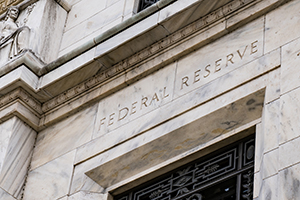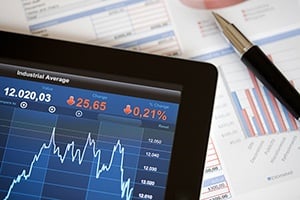Yesterday’s Fed statement and press conference revealed a significant reversal from previous meetings. When Chair Powell told markets to “drop dead” a few months ago, the consensus was that the Fed was committed to normalizing policy despite the market risks. Since then, and especially with the most recent statement and conference, the Fed has done a full 180. Now, it is acting to support markets and the economy.














